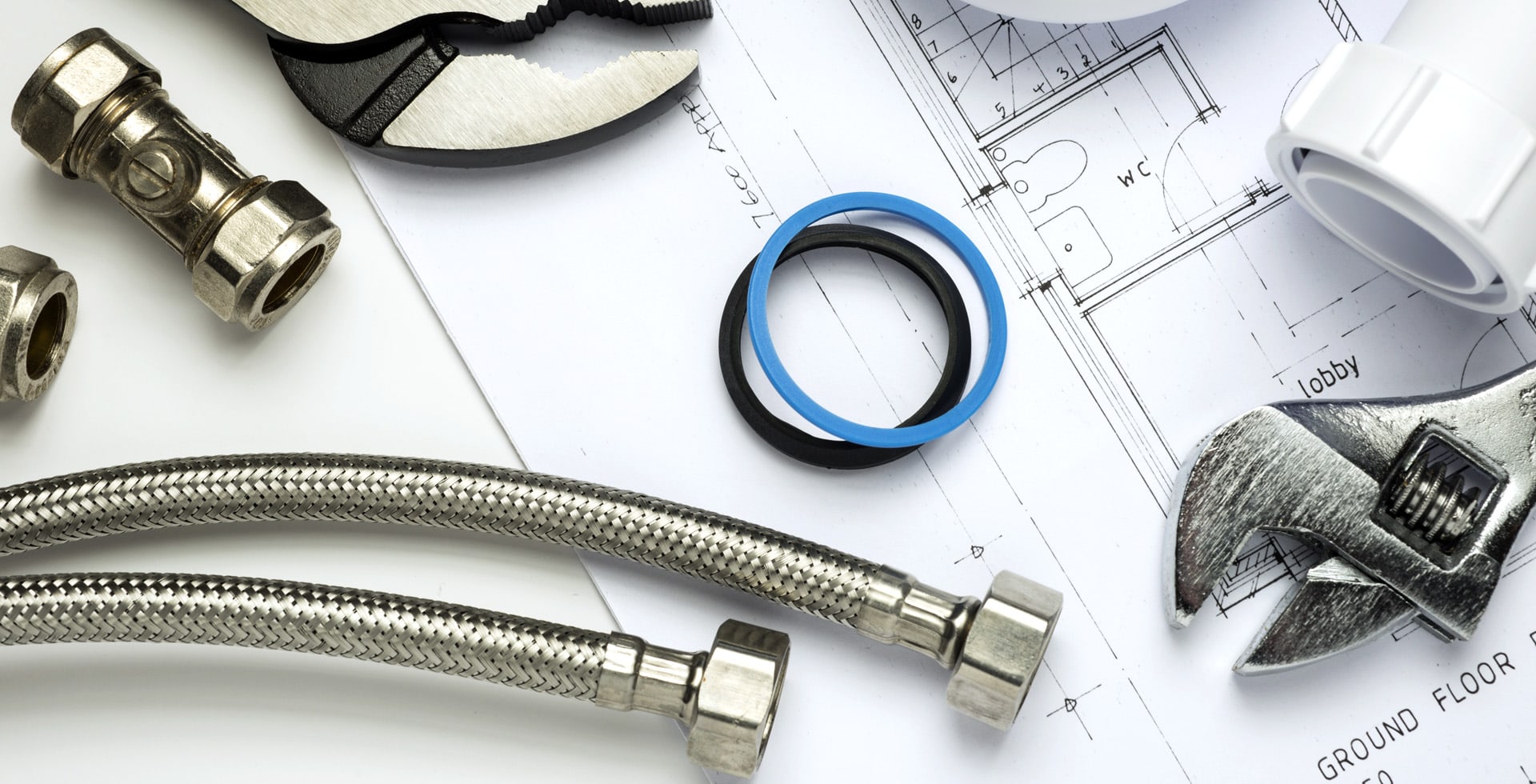Roof Inspection for Commercial Properties: Key Differences
Regular roof inspections are crucial for the longevity and performance of commercial properties. While residential roofing assessments may share some similarities with those of commercial buildings, several key differences must be understood by property managers, building owners, and maintenance teams. This blog post elaborates on the unique aspects of roof inspections for commercial properties, ensuring that stakeholders can make informed decisions regarding their maintenance and management.
Understanding Commercial Roof Types
One of the primary differences in roof inspections for commercial properties stems from the diverse types of roofs typically found in these buildings. Understanding roof types can significantly impact the inspection process.
Common Types of Commercial Roofs
- Flat Roofs: These are the most common in commercial buildings and often require specialized inspection techniques.
- Pitched Roofs: Less common but present in some commercial structures; these roofs may require different inspection considerations.
- Green Roofs: These roofs incorporate vegetation; inspections must consider plant health as well as structural integrity.
- Modified Bitumen and TPO Roofs: These types use different materials that require specific inspection methods.
Frequency of Inspections
The frequency of roof inspections for commercial properties differs significantly from that of residential buildings. Several factors influence these timelines, primarily dependent on the building’s size, roof type, and environmental conditions.
Recommended Inspection Frequency
- Bi-Annual Inspections: Recommended for most commercial roofs, especially in areas with extreme weather.
- Post-Storm Inspections: Following severe weather events, immediate assessments are essential to identify potential damage.
- Annual Inspections: Some properties may only require one thorough inspection annually, depending on their roofing material and structure.
Regional and Environmental Considerations
The environment in which a commercial property resides significantly influences roof inspection protocols. Different climates can lead to various wear and tear conditions on roofing materials.
Considerations Based on Location
- Snow and Ice: Properties in colder regions need inspections that consider potential ice dam formation and snow load.
- Heat and UV Exposure: In hotter climates, roof materials may degrade faster due to constant sun exposure, requiring more frequent checks.
- High Winds: Areas prone to severe winds necessitate inspections focusing on loose materials that could be dislodged.
Commercial Inspection Techniques
Effective roof inspections for commercial properties employ various specialized techniques that differ from those used in residential evaluations. These advanced methods provide a more comprehensive understanding of the roof’s condition.
Inspection Methods
- Visual Inspections: Highly detailed visual assessments focus on identifying visible signs of wear, damage, and deterioration.
- Infrared Scans: These scans detect moisture trapped under roofing materials, allowing for proactive repairs before significant damage occurs.
- Electromagnetic Testing: This method assesses the integrity of roof materials, especially useful for flat roofs.
- Drone Inspections: The use of drones can simplify the inspection process, providing aerial views and detailed images of hard-to-reach areas.
Inspection Reporting and Documentation
Another key difference in roof inspections for commercial properties is the reporting and documentation process. Comprehensive documentation is essential for informing maintenance strategies and legal requirements.
Elements of Effective Reporting
- Detailed Findings: Inspectors should provide a thorough overview of the roof’s current condition, pinpointing any issues found during the inspection.
- Photographic Evidence: High-quality images accompany reports, illustrating problem areas for easier understanding.
- Maintenance Recommendations: Inspectors should offer actionable suggestions for repairs, preventive measures, and timelines.
- Compliance Reporting: Commercial properties often require adherence to specific building codes; inspectors should ensure that roofs meet all relevant regulations.
Budgeting for Repairs and Maintenance
Understanding the financial implications of roof inspections for commercial properties is essential. Different inspection results can significantly affect maintenance budgets.
Financial Considerations
- Repair Costs: Early detection of issues can lead to lower repair costs, preventing larger problems that require more extensive solutions.
- Maintenance Budgeting: Regular inspections allow for better financial planning as they help predict upcoming maintenance needs.
- Insurance Implications: Regular documentation and adherence to inspection schedules can affect insurance premiums and claims processes.
Conclusion
Understanding the key differences in roof inspection processes for commercial properties is vital for ensuring the longevity and efficiency of the roofing system. By taking into consideration the specific roof types, environmental factors, inspection techniques, reporting requirements, and budgeting implications, property managers can maintain comprehensive oversight of their roof’s condition. Regular inspections, tailored to the unique demands of commercial properties, will not only extend the lifespan of the roof but also contribute to the overall health and longevity of the entire building. By prioritizing these inspections, stakeholders can ensure their investments are protected and operating at peak performance.

